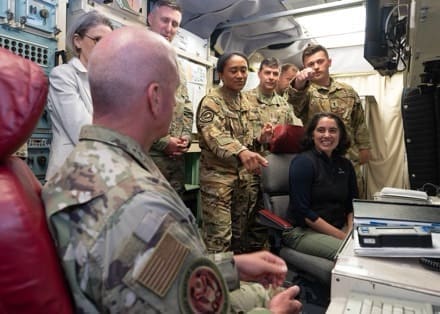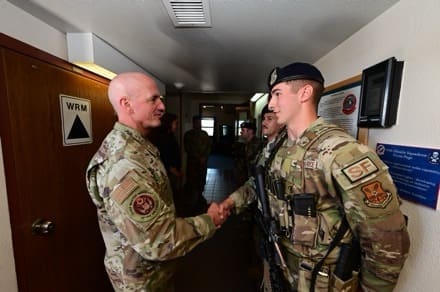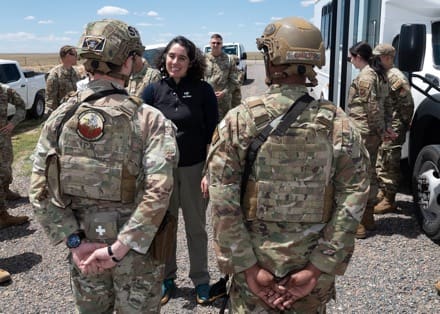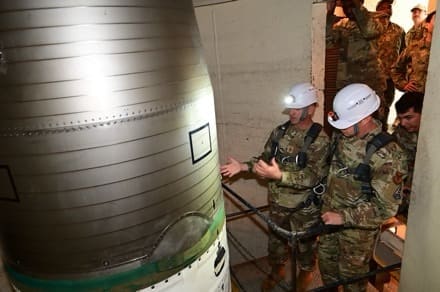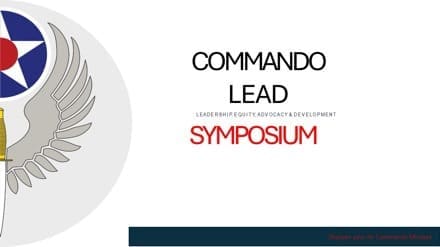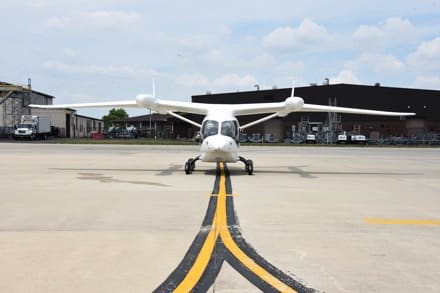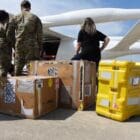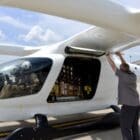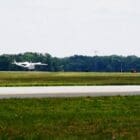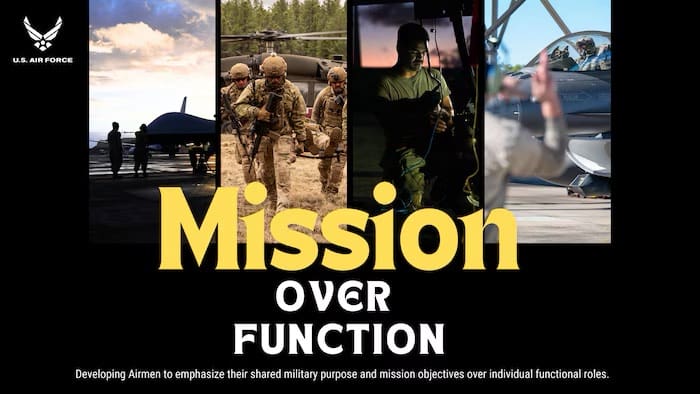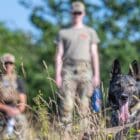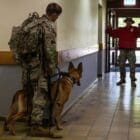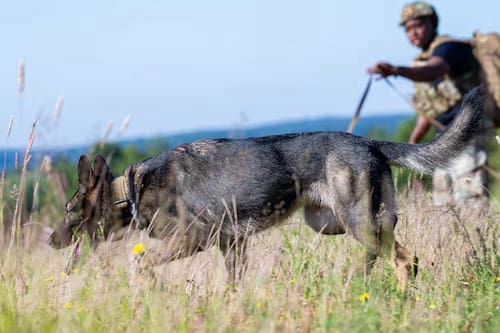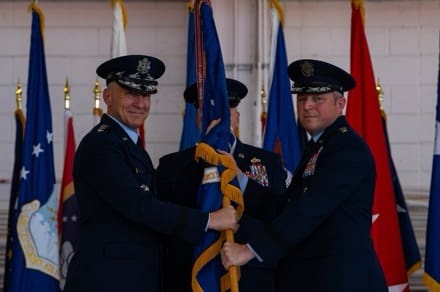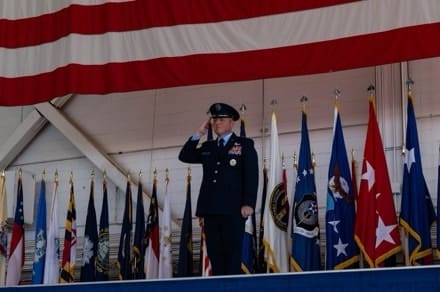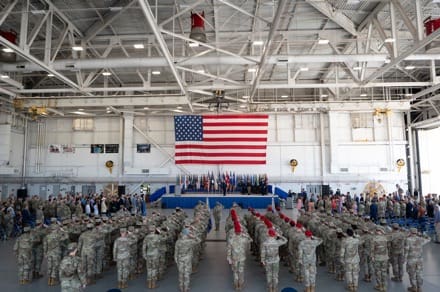Program is Integral Part of AFWERX and SpaceWERX vision to forge an innovation ecosystem that delivers disruptive Air and Space capabilities
Mountain View, Calif. – (July 16, 2024) – Grid Raster Inc., a leading provider of AI-enabled cloud-based Extended Reality (XR) platforms that power high-performance and scalable Augmented Reality (AR)/Virtual Reality (VR)/Mixed Reality (MR) experiences for enterprises, announced today it has been selected by the U.S. Air Force for its Strategic Financing (STRATFI) program.
The announcement was made at the South by Southwest conference in Austin, Texas, made public by AFWERX, the innovation arm of the Department of the Air Force and powered by the Air Force Research Laboratory, and SpaceWERX, the innovation arm of the U.S. Space Force and a unique division within AFWERX. The joint entities announced the Program Year 2024 Strategic Funding Increase, a contract award selection from its Phase II eligible applicants.
AFWERX Director and Chief Commercialization Officer for the Department of the Air Force, Col. Elliott Leigh, made the announcement during his keynote speech titled “Chasing Innovation: Lessons Learned,” at Capital Factory, the home of AFWERX’s Austin Hub.
“Our growth stage investment programs, Strategic Funding Increase and Tactical Funding Increase, are an integral part of the AFWERX and SpaceWERX vision to forge an innovation ecosystem that delivers disruptive Air and Space capabilities,” Leigh said. “By deliberately engaging with Space Force Deltas, Air Force Major Commands, Program Executive Offices and Department of the Air Force Senior Acquisition leadership, we are employing dollars at scale, both government and private investment, to accelerate the development of strategic capabilities. I am impressed by the scope and diversity of capabilities submitted in response to the Program Year 24 opportunity and am excited to see the outcome of the continued development of these capabilities over the coming years.”
For the U.S. Air Force, maintaining superior situational awareness is crucial for mission success and ensuring the safety of personnel. GridRaster’s 3D AI extended reality solutions can integrate data from various sensors and sources into a unified augmented reality display, providing pilots and commanders with real-time insights into their operational environment. From advanced threat detection to terrain mapping and navigation assistance, these augmented displays enhance situational awareness and decision-making capabilities in high-stakes scenarios.
GridRaster works extensively with the U.S. Air Force and aerospace manufacturers for high-fidelity modeling, simulation and training, and extended reality (XR) solutions. The company provides a functional, agile, modular, scalable XR technology stack for automation, robotics and digital twins in support of the digital transformation efforts in the industry. GridRaster’s XR platform moves the heavy computation required for immersive and high precision XR experiences to the cloud while using XR HMDs as a collection of sensors and displays, greatly reducing or eliminating many of the limitations of current and forthcoming XR devices and platforms.
STRATFI is both an AFWERX and SpaceWERX effort to help Small Business Innovation Research, or SBIR, and Small Business Technology Transfer, or STTR, projects overcome the difficult transition between development and full production. This multi-year infusion of funds gives small businesses an opportunity to find the investors they need and the ability to continue research and development as they march toward full-rate capability.
“The integration of 3D AI extended and mixed reality solutions represents a paradigm shift in how the US Air Force and aerospace manufacturers approach training, operations, maintenance, and design processes,” said Rishi Ranjan, CEO fof GridRaster. “By leveraging immersive simulations, augmented maintenance procedures, virtual prototyping, collaborative remote operations, and enhanced situational awareness, these technologies offer unprecedented opportunities to enhance efficiency, safety, and effectiveness across the board. Embracing these transformative technologies will not only drive innovation within the aerospace industry but also ensure the continued readiness and superiority of the US Air Force in an increasingly complex and dynamic global landscape.”
To schedule a demo or to learn more about GridRaster’s technology, please visit gridraster.com.


